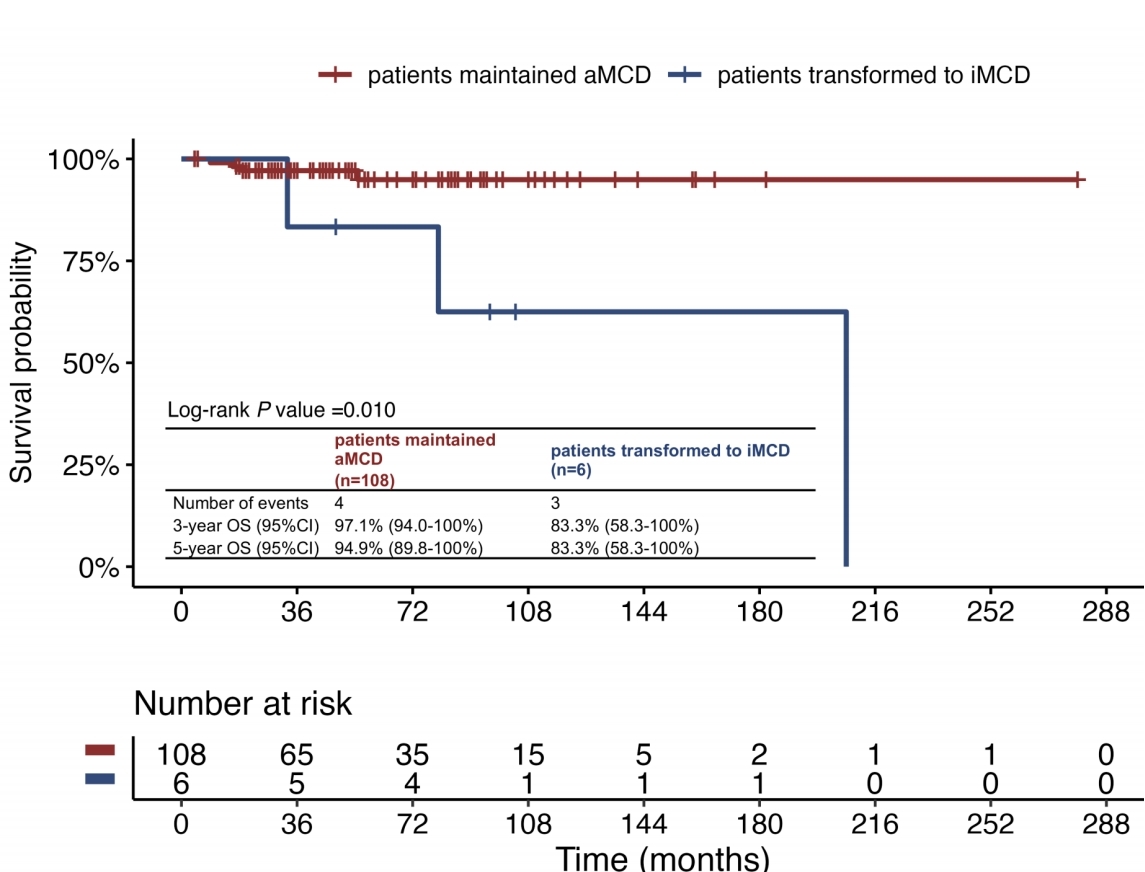Recently, the Department of Hematology at PUMCH has innovatively defined a special type of Multicentric Castleman Disease (MCD): Asymptomatic MCD (aMCD). This finding was published as an original article in Blood Advances, a journal ranked among the top 5% by the Chinese Academy of Sciences. The study provides an important supplement to the diagnostic and classification criteria for MCD proposed by the Castleman Disease Collaborative Network (CDCN) in 2017. This research was supported by the National High Level Hospital Clinical Research Funding, among others.

Castleman disease is a group of rare hematological disorders included in China's first Catalog of Rare Diseases. In 2017, the CDCN published the first international consensus on diagnostic criteria for Human Herpesvirus-8 (HHV-8) negative/idiopathic MCD (iMCD) in the journal Blood. This consensus equated HHV-8 negative MCD with iMCD and accordingly proposed diagnostic criteria for iMCD. The proposed consensus criteria require both 2 Major Criteria (characteristic lymph node histopathology and multicentric lymphadenopathy) and at least 2 Minor Criteria (including but not limited to elevated C-reactive protein, anemia, thrombocytopenia or thrombocytosis, hypoalbuminemia, renal dysfunction, fever, serous effusions). However, clinicians encounter some HHV-8 negative MCD patients who meet the aforementioned Major Criteria but show no systemic symptoms like fever except lymphadenopathy, nor laboratory abnormalities such as anemia or elevated C-reactive protein. It’s difficult to classify these patients under the current CDCN system.
Professor Li Jian, Director of Hematology at PUMCH, led 26 domestic centers in a study that defines these patients’ conditions as asymptomatic MCD (aMCD) and analyzed the clinical characteristics and outcomes of 114 such patients. The study found that with a median follow-up of 46.5 months, only 5.3% of aMCD patients developed clinical symptoms and laboratory abnormalities meeting the aforementioned iMCD criteria ("transformed to iMCD"). The estimated 5-year survival rate for aMCD patients was approximately 94.1%, but those who underwent transformation had poorer prognosis (see figure below).

▲Patients who transformed to iMCD showed poorer prognosis
This research provides an important supplement to the existing Castleman disease classification system. In addition, it serves as meaningful basis for clinicians to not always rush to treatment during the aMCD stage; regular follow-up and observation can be helpful and necessary.
This study received strong support from all member units of CDCN - China. It was previously recognized as "Best of CSH" at the 18th Hematology Congress of the Chinese Medical Association and has now been published as an original article in Blood Advances. Professor Li Jian remarked that this recognition fully acknowledges the sustained dedication of PUMCH's Hematology team to improving care for rare disease patients.
Written and pictures courtesy of the Department of Hematology
